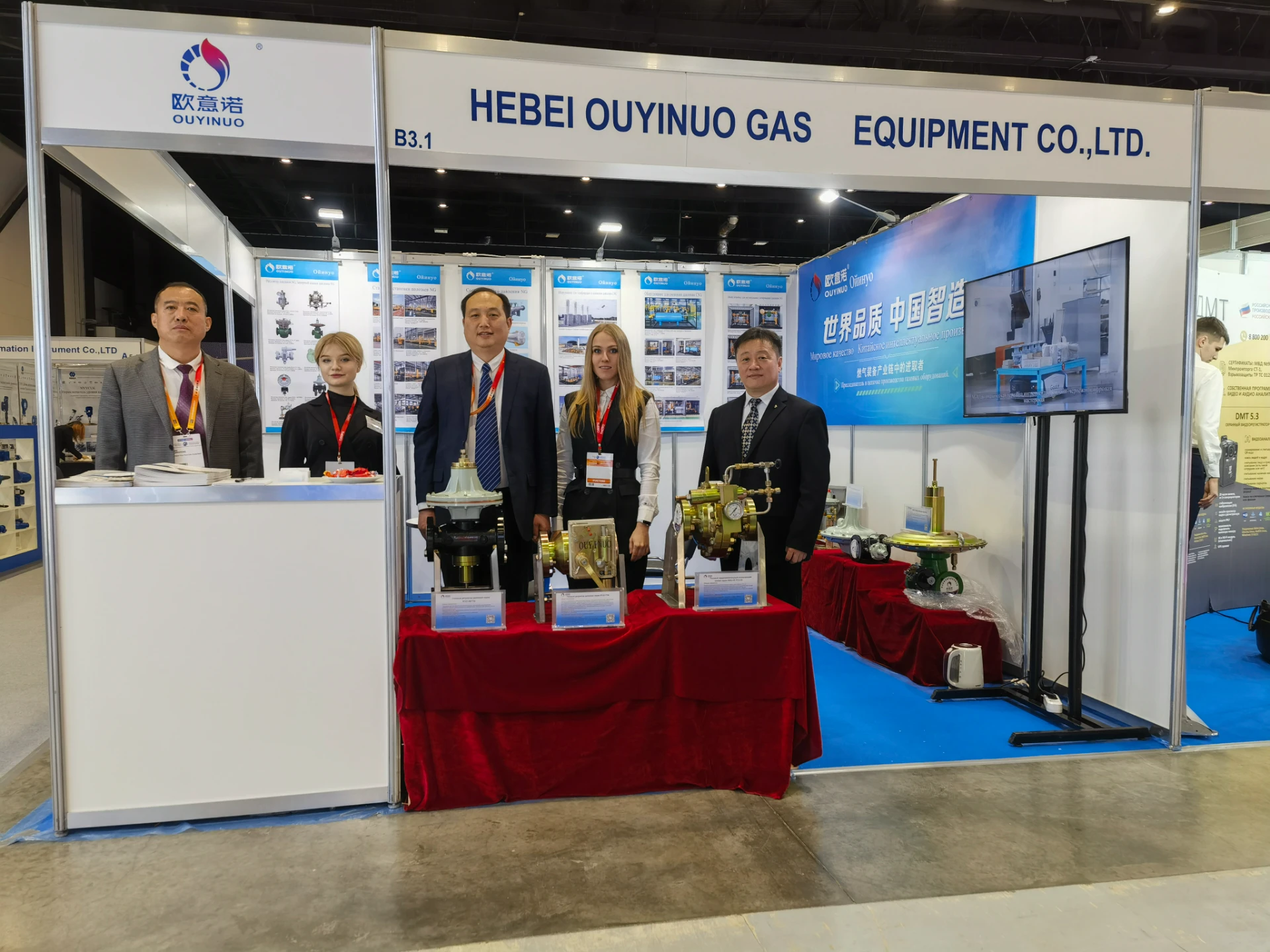
Sep . 12, 2024 20:15
Back to list
gas coalescer
Understanding the Gas Coalescer A Vital Component in Process Engineering
In industrial processes, the separation of gas and liquid phases is crucial for efficiency and product quality. One essential device that facilitates this separation is the gas coalescer. This equipment is designed to filter out liquid droplets from a gas stream, ensuring the gas is free from impurities and excess moisture before it moves on to subsequent processes.
The basic principle behind a gas coalescer is relatively straightforward. It employs certain filter media that promote the coalescence of small liquid droplets into larger ones. These larger droplets are then more easily separated from the gas due to gravitational or centrifugal forces. The design of a coalescer typically consists of a series of stages that incrementally filter and coalesce the liquid phase, which culminates in the efficient removal of contaminants.
Gas coalescers find extensive applications in various industries, including oil and gas, petrochemicals, and pharmaceuticals. In the oil and gas sector, for example, natural gas extracted from wells often contains water vapor and hydrocarbon liquids. Using a gas coalescer ensures that the gas is dry enough to be transported through pipelines without causing corrosion or phase separation issues. Similarly, in petrochemical production, the purity of gases is paramount for the quality of the final products. A gas coalescer plays a vital role in achieving this purity.
gas coalescer

One of the significant advantages of using a gas coalescer is its ability to enhance system reliability and reduce maintenance costs. By effectively removing entrained liquids, these devices minimize the risk of corrosion in downstream equipment and piping. This not only extends the lifespan of mechanical components but also leads to fewer unplanned downtimes, resulting in increased operational efficiency.
Moreover, gas coalescers contribute significantly to environmental sustainability. By ensuring that gas emissions are free from harmful liquid contaminants, industries can comply with environmental regulations more effectively. This is particularly pertinent in regions where regulatory frameworks are stringent regarding emissions and waste management.
In conclusion, the gas coalescer is a critical component in various industrial settings, contributing to process efficiency, equipment longevity, and environmental compliance. As industries continue to evolve and innovate, the importance of such separation technologies will only grow. For companies looking to enhance their operational performance and minimize their environmental footprint, investing in advanced gas coalescing technology is a step in the right direction.
Latest news
-
Safety Valve Spring-Loaded Design Overpressure ProtectionNewsJul.25,2025
-
Precision Voltage Regulator AC5 Accuracy Grade PerformanceNewsJul.25,2025
-
Natural Gas Pressure Regulating Skid Industrial Pipeline ApplicationsNewsJul.25,2025
-
Natural Gas Filter Stainless Steel Mesh Element DesignNewsJul.25,2025
-
Gas Pressure Regulator Valve Direct-Acting Spring-Loaded DesignNewsJul.25,2025
-
Decompression Equipment Multi-Stage Heat Exchange System DesignNewsJul.25,2025

